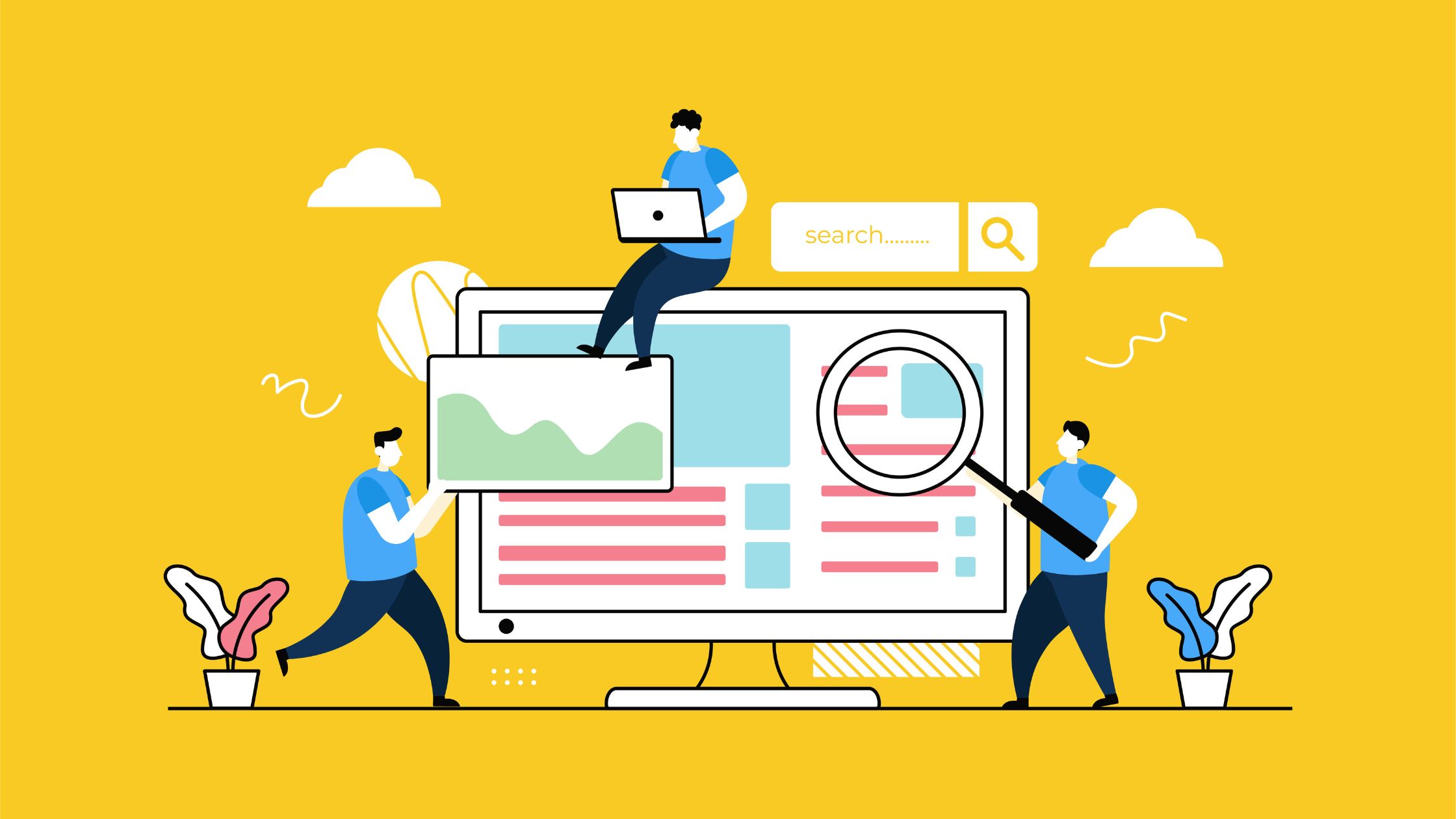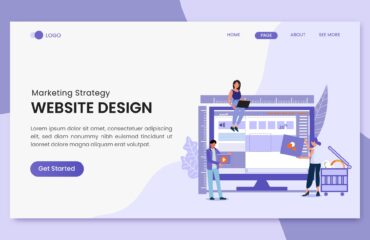
In the digital age, where immediacy is expected, website optimization is a crucial factor that can make or break your online presence. A fast-loading website not only enhances user experience but also plays a significant role in search engine rankings and overall business success. In this blog, we will explore why website speed matters and provide actionable tips for website speed optimization.
Why Website Optimization Matters
1. User Experience
First impressions are everything. When users visit your website, they expect it to load quickly. According to research, 53% of mobile site visitors will abandon a page if it takes longer than three seconds to load. A slow website frustrates users, leading to higher bounce rates and lower engagement levels.
2. Search Engine Ranking
Search engines like Google prioritize user experience. Website speed optimization is a critical factor in search engine algorithms. Faster websites are more likely to rank higher in search results, making them more visible to potential visitors. A slow website, on the other hand, can negatively impact your search engine optimization (SEO) efforts, leading to decreased traffic and fewer opportunities for conversions.
3. Conversion Rates
Website speed has a direct impact on conversion rates. Studies show that a one-second delay in page load time can result in a 7% reduction in conversions. For e-commerce websites, this can translate into significant revenue losses. A fast website ensures that users can quickly find what they are looking for, increasing the likelihood of completing a purchase or taking a desired action.
4. Mobile Experience
With the increasing use of mobile devices for browsing, having a fast-loading mobile website is more important than ever. Mobile users are often on the go and expect quick access to information. A slow mobile site can lead to a poor user experience, driving users away and potentially harming your brand reputation.
How To Improve Website Optimization
1. Optimize Images
Images are often the largest files on a website and can significantly impact load times. To optimize images:
- Compress images without sacrificing quality using tools like TinyPNG or ImageOptim.
- Use the appropriate image format (JPEG for photographs, PNG for graphics with transparent backgrounds).
- Implement responsive images to serve different sizes based on the user’s device.
2. Minimize HTTP Requests
Each element on a web page (images, scripts, stylesheets) requires an HTTP request. Reducing the number of requests can speed up your website. To minimize HTTP requests:
- Combine CSS and JavaScript files.
- Use CSS sprites to combine multiple images into one.
- Remove unnecessary plugins and scripts.
3. Enable Browser Caching
Browser caching allows frequently accessed resources to be stored locally in the user’s browser. This reduces the need to reload the entire page on subsequent visits. To enable browser caching:
- Set expiration dates for static resources (images, CSS, JavaScript) in your HTTP headers.
- Use tools like GTmetrix or Google PageSpeed Insights to configure caching settings.
4. Use A Content Delivery Network (CDN)
A CDN distributes your website’s content across multiple servers worldwide, ensuring faster delivery to users based on their geographic location. Benefits of using a CDN include reduced latency and improved load times. Popular CDN providers include Cloudflare, Amazon CloudFront, and Akamai.
5. Optimize CSS And JavaScript
Large CSS and JavaScript files can slow down your website. To optimize these files:
- Minify CSS and JavaScript by removing unnecessary characters (whitespace, comments) using tools like UglifyJS or CSSNano.
- Defer loading of JavaScript files until after the main content has loaded.
- Use asynchronous loading for non-critical JavaScript.
6. Enable Compression
Enabling compression reduces the size of your website’s files, leading to faster load times. Gzip is a popular compression method that can reduce file sizes by up to 70%. To enable compression:
- Configure your web server (Apache, Nginx) to use Gzip compression.
- Use online tools like Check Gzip Compression to verify that compression is enabled.
7. Monitor And Test Regularly
Regular monitoring and testing of your website’s speed are crucial for ongoing optimization. Use tools like Google PageSpeed Insights, GTmetrix, or Pingdom to identify areas for improvement and track your progress over time.
Conclusion
Website speed optimization is a critical factor that influences user experience, search engine rankings, conversion rates, and overall business success. By implementing the tips outlined in this blog, you can significantly improve your website’s performance, providing a faster and more enjoyable experience for your users. Remember, in the fast-paced digital world, every second counts.
Are you ready to take your website speed to the next level? At Algorythm Solutions, we provide a comprehensive website speed audit and personalized optimization plan. Don’t let a slow website hold you back—enhance your user experience, boost your SEO, and increase your conversions with our expert services.
Contact us today and 🚀 Speed Up Your Web Application Now!


